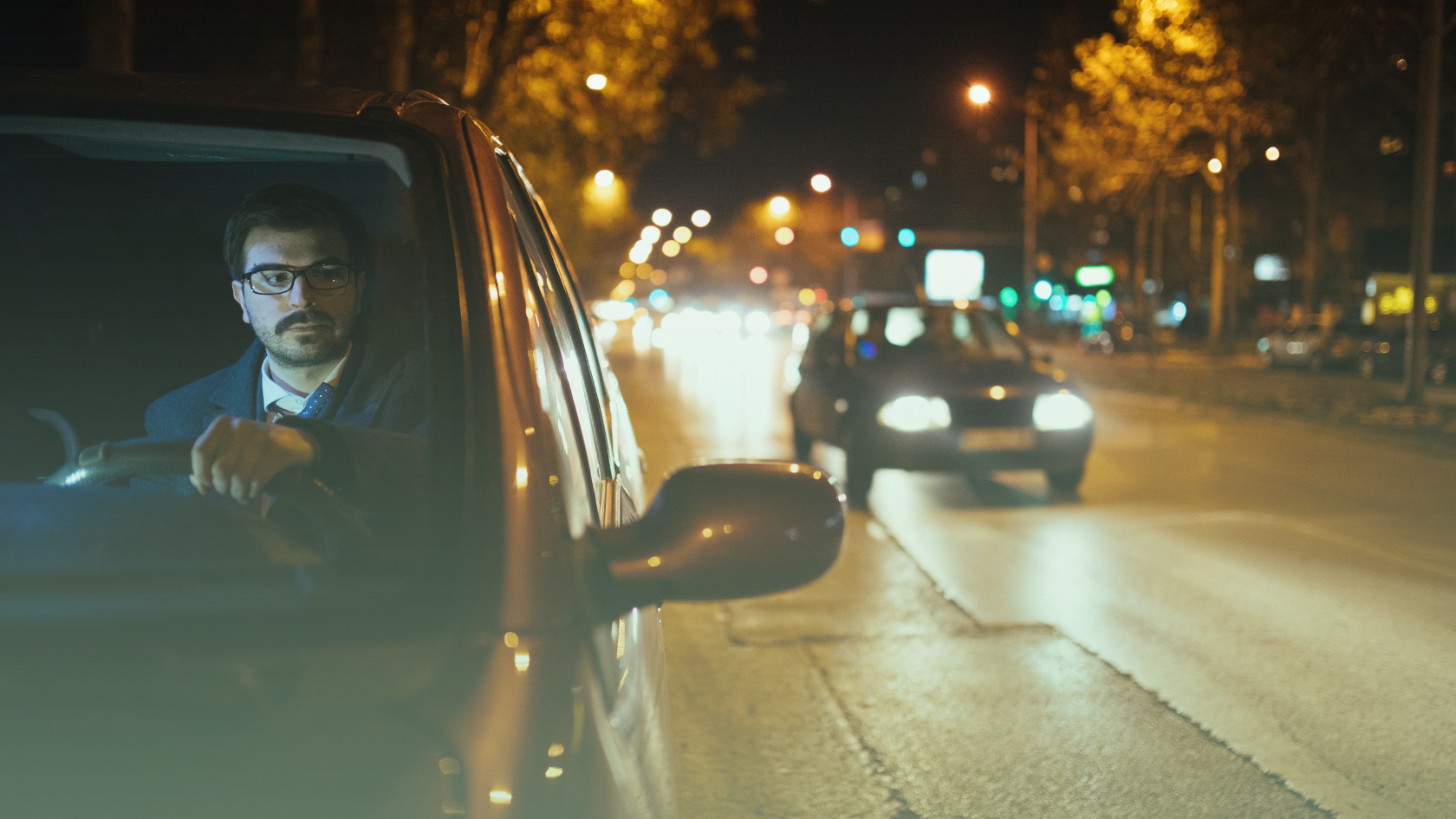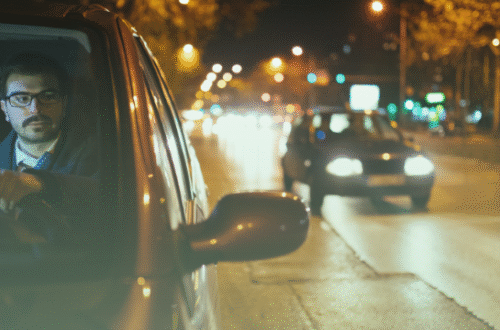Everyone knows that driving comes with risks. But are you aware that driving at night is more dangerous? Lowered visibility combined with drowsy driving leads to a greatly increased risk of danger. Below are some tips to help you navigate the added risks that come with driving after dark.
- NEVER drink and drive. Period. Don’t. Do. It.
- Watch for deer. If you see one, assume there are more around the corner.
- Always drive with your headlights on.
- If incoming lights are blinding you, use the right side of the road as a guide.
- Do not use your high beams in proximity to other cars.
- Look for quick bursts of headlights. They can be indication of curves ahead.
- Use glasses with anti-reflective lenses. This is still useful even if you do not normally wear glasses.
- Minimize bright lights inside your vehicle. The contrast can make it difficult for you to focus on the road.
- Adjust your rearview mirror to prevent it reflecting the light from the headlights of other cars.
- If you’re driving for longer periods, make regular stops for snacks, quick exercise or even a nap.
- Don’t allow your focus to become fixed in any particular place. Continuously keep your eyes moving.
- Watch your speed: you should always be able to come to a complete stop within the distance made visible by your headlights.
- Make sure your headlights are properly aimed. (you don’t want them angled too low for example).
- If you’re following another car, increase the distance beyond what you’d normally leave during daytime driving.
- Make sure your windows, lights, signal lights and taillights are clean and in working condition.




